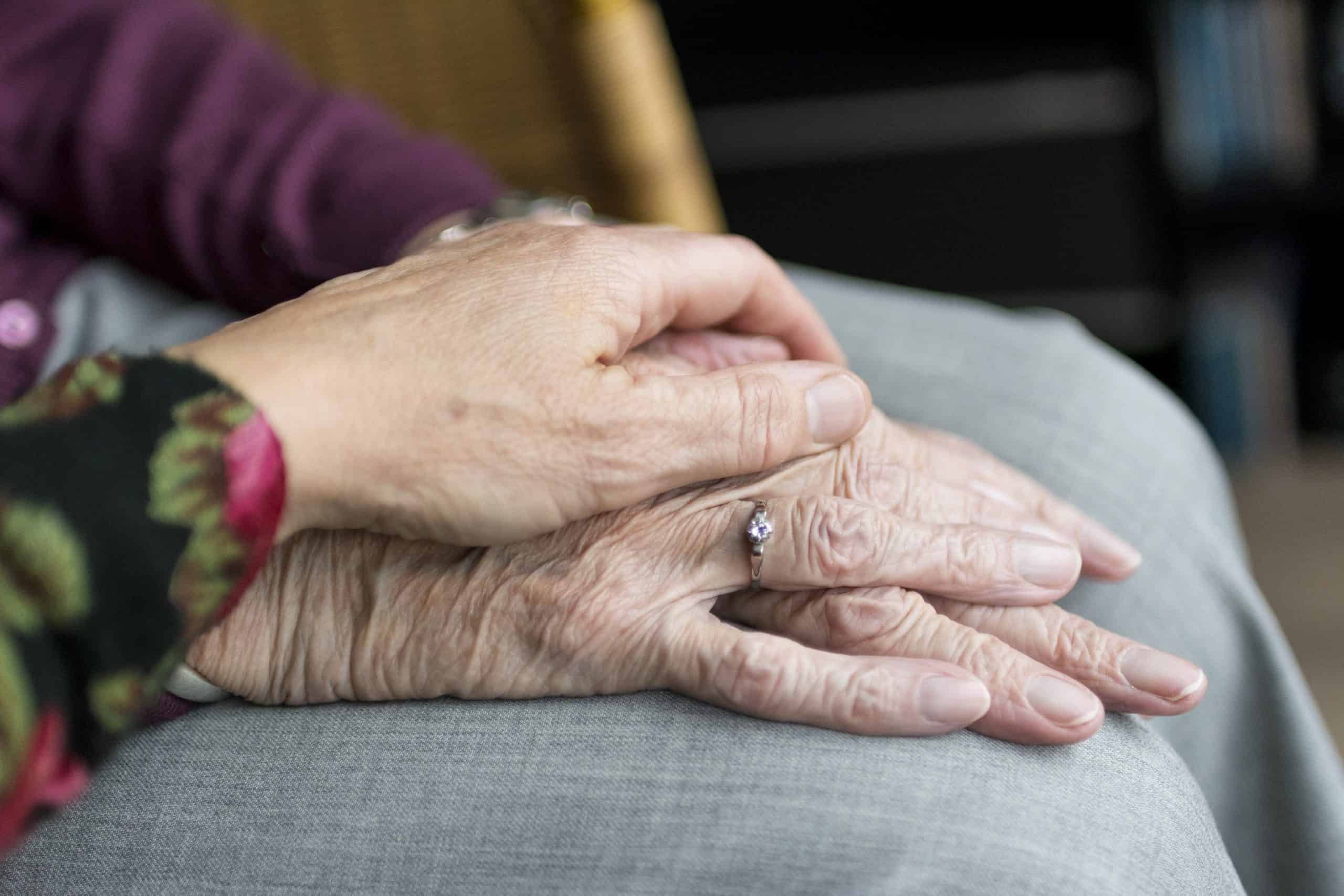
The Aging Process is Different For Each Individual
With May being Older Americans Month, we thought it fitting to talk about how the aging process is different for each individual. We witness these differences every day in our hospice care program in Alameda County and elsewhere, and we are sure you do too.
How can one 50-year-old have the metabolism of a teen, while another is plagued with creaking bones and type 2 diabetes? How can one 70-year-old have the immune system of someone half his age while another can’t even build up an antibody response to a flu vaccine? How can one 80 year old look lithe and beautiful with almost no wrinkles, while another person can look weathered and old at 50? Scientists say that everyone has an individual genotype and “ageotype,” which is a combination of molecular changes specific to one physiological system, points out Scientific American.
These changes can even be measured when someone is healthy and young, which could help doctors determine the most important factors to focus on when extending healthy life. To put it plainly, people are aging at varying rates and through varying biological mechanisms, or ageotypes. So while the body as a whole ages, some systems age slower or faster than others. Whereas one person may be a cardio-ager, another may be a metabolic-ager, and still another could be an immune ager. Quite simply, people age differently on a molecular level.
4 Ways of Aging
Most people can be categorized into four different biological aging pathways, or ageotypes, says NBC News. Those are:
- Immune
- Kidney
- Liver
- Metabolic
Take metabolic agers, for instance. They are at a higher risk for type 2 diabetes as they age. Immune agers have more inflammation and are at an elevated risk for an auto-immune disease. And finally, liver and kidney ageotypes could be at a higher risk of liver or kidney diseases. Other pathways can exist, too, such as cardio agers who are at a higher risk for heart attack. Scientists believe that if people had these warning signs and knew which type of ager they were, they could take steps to mitigate the risks.
This could include anything from exercising more to eating a better diet. The research being done adds to the science behind ageotypes, but the potential methods of intervention are still unclear.
Dynamics of the Aging Process
Aging comes with many changes in dynamic biological, environmental, physiological, psychological, social, and behavioral processes. Some changes related to aging are non-life-threatening or don’t impact quality of life much, such as graying hair. Other changes result in the functional decline of the body, senses and activities of daily life — not to mention an increase in susceptibility to disease, disability or frailty, according to the National Institutes of Health. Advancing age is, in fact, a major risk factor for many chronic diseases.
While there is no one way to explain the aging process, studies have shown that the rate of aging may be slowed down, which suggests that focusing on aging could slow the appearance of certain diseases while increasing not just life span but “healthspan” as well. This is the part of life that a person spends in good health.
The study of aging is one that is still in flux. No one really knows why and how people change as they age. Some claim aging is caused by injuries from wear and tear on the body over time, UV light exposure, or metabolism byproducts. Others see aging as a predetermined process that is controlled by genetics. Truth is, the aging process is a complex one that affects different people in different ways and to different organs. As a whole, many gerontologists say aging is a result of a combination of lifelong influences, such as heredity, culture, environment, diet, exercise, leisure, and past illnesses.
One way to explain the aging process is through the breakdown of tissue, cells, and organs. For instance, there are four basic types of tissue:
- Connective tissue
- Epithelial tissue
- Muscle tissue
- Nerve tissue
Over time, connective tissues get stiffer, in turn making airways, organs, and blood vessels more rigid as well. Our cells go through changes as well, becoming larger and less able to divide and multiply. Waste products build up in our tissues as we age, and many tissues start to lose mass (known as atrophy). Aging organs slowly begin to lose function. Thing is, most of us don’t realize this loss is happening, or at least don’t notice it right away.
The changes of older adults are unlike the changes of teens, for example, whereby you can pinpoint a few years of predictable changes across the board in adolescence. By as we get older, everyone seems to split off into different pathways, all aging at different rates. Some could start showing signs of age at 30, while someone who’s 70 could be healthy as an ox. Such is the paradigm of aging.
Contact Pathways Home Health and Hospice
For more information about our hospice care program in and around Alameda County, don’t hesitate to reach out to us at 888-978-1306 today.

